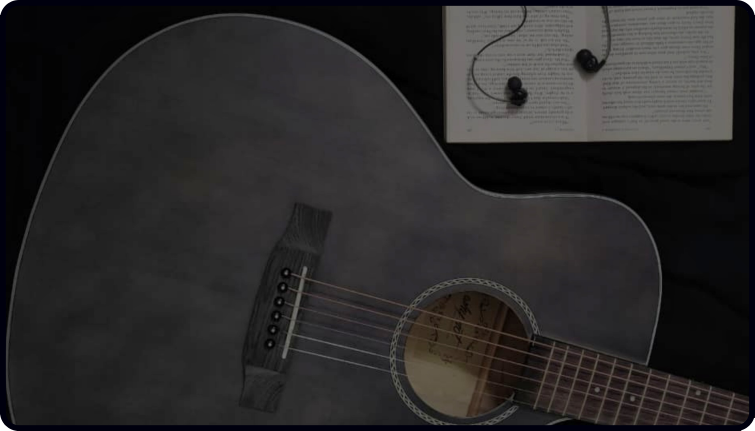I got this really good comment on my Facebook page recently which highlights what good guitar teaching is:
“As a former guitar teacher I found that I got the best results by listening to the students and taking time to figure out HOW that individual learns. Then I could present the material accordingly.
I had one student that could get his fingers in place for chords just fine. But couldn’t get the strumming. After talking to him about his interests I found he loved dancing and was very good at it. I told him to consider the guitar his dance partner and dance with it. Minutes later he got the strumming pattern/rhythm and was happy as could be!” – Rodney
I love this.
That’s some really good thoughts Rodney shares, which all guitar teachers could do with taking on board.
Here are my thoughts on this:
Being creative and using other experiences…
I loved how Rodney used the student’s dancing experience to help him with his strumming. Dancing is all about rhythm and, of course, a huge part of strumming is rhythm. The thing is, we all have skills and experiences outside of the guitar that can help with our playing and it’s good to use them as much as possible when learning the guitar. That can be dancing, singing, playing other instruments, and more.
Addressing weaknesses quickly…
One thing he did was to help his student fix a weak area in his playing. He knew the student was good at chords already but not strumming – so he got to work on improving the strumming right away. It would have been easy and indeed lazy for Rodney to just give the student more chords and focus on what he was good at. Instead, he did what he needed to do to help the student.
Being adaptable…
A lot of guitar teachers have a “one size fits all” approach to teaching guitar and never deviate from this. An example of this was from when I started teaching guitar. I got some new students who wanted to try my lessons because their other teacher was not adaptable at all. He was a local tutor who could play like a demon from what I heard, but he was super rigid with how he taught and would never take on board what his students wanted to learn or how they felt they learnt best. That just led to some of his students being frustrated and leaving him. Teaching and learning are not a one-way street. They require both parties to be present and communicate. The best teachers are aware of this.
I wanted to share this because the above three points are all important for everyone to take on board.
…And that goes for whether you have a teacher or not.
Do you have other experiences you can use and call upon when learning guitar?
Are there specific weak areas in your playing that are holding you back that you need to work on?
How do you learn best? For instance, are you a visual learner, more auditory, do you prefer TAB and notation, or playing by ear or memory?
These are all good things for guitar teachers AND students to think about.
Of course, there’s a lot more to it all than that, but I thought I’d share this because every student self-teaches to some degree.
If you have a teacher or you use courses or books, you are still going to be spending a lot of time practising on your own.
So, it’s well worth spending time thinking about the above and keeping that all in mind.
Anyway, I hope you found that useful.
For more help with the fundamentals, you might want to check this out:
Guitar Domination Super eBook Bundle
It was created after teaching the basics to real students over many years.
I hope you enjoyed this email and I hope you have a great day’s practice!
Dan Thorpe
Guitar Domination
P.S. This post was originally taken from Dan Thorpe’s private email list. To get blog posts like this sent to you which are full of great tips to make fingerpicking, strumming, and learning guitar more enjoyable (especially if you are over 40) join Dan’s list. It’s 100% free, HERE.


I taught “teaching technique” and classroom management in grad school at a major university. I can assure you that I have a solid background in teaching. I’ve also had six or seven guitar teachers who didn’t know the first thing about teaching…anything. The general rule is “diagnostic-first”. If you don’t know a student’s current level and ability, you will simply demonstrate your own interest and ability, which has nothing to do with teaching. Most simply expect the poor student to imitate them. It’s why most adults give up.